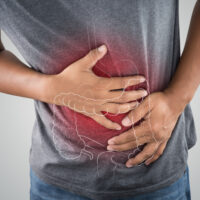Effective ways to help you fall asleep faster at night
“Sleep is the best meditation” Dalai Lama
After a long exhausting day, there is nothing better than a sound good night’s sleep. Sleep allows your body to repair and rejuvenate itself and allows for fresh next day’s start. However, today a large number of people live an unhealthy lifestyle. Thus, leading to irregular sleep patterns.

If one does not suffer from a sleep related medical condition, there is anxiety that may disrupt one from immediately falling asleep. Sleeping is not as easy as laying one’s head on a comfortable pillow, there are several things that run through the mind and prevent one from falling asleep. Fortunately, there a few best ways to help you sleep faster:
Calm your mind – It is common for one to ponder over various scenarios that took place during the day. However, these continuous thoughts can disrupt your precious sleep. Clear your mind off every thought and calm it by gently closing your eye for a while. This practice is one of the best ways to help you sleep faster.
Listen to music -Music can have an extremely good effect on your mind. However, heavy music such as rock and EDM should be avoided when you want to sleep. Soothing music such as classical or any other music genre that has slow beats can gently make you fall asleep.
Dim lights – Dim lights have the ability to indicate to your brain that it is time to sleep. Opt for soft lights such as orange and yellow that resemble the sunset. Do this a few hours before you wish to go off to bed.
Lavender fragrance – Lavender is a fragrance that not only smells good but also has the ability to make you fall asleep. This flowering herb can calm your nerves and make you feel extremely relaxed. Spray a little perfume in your bedroom before bedtime. This will help in getting deep sleep and feeling cheerful the following morning.
Muscle-tense and relax exercise – This exercise is believed to one of the most effective ways to help you sleep. Before going to bed, flex every muscle and gently relax. Start from the toes and go up to up to your neck while gently flexing and relaxing every muscle. This will calm your body down and ensure that you enjoy a sound night’s sleep.
Imagine – Picture yourself in your favorite holiday destination or imagine designing the perfect home or room for yourself.
Practice the above activities and you’ll soon realize that you sleep well and only wake up to the birds chirping in the morning.





